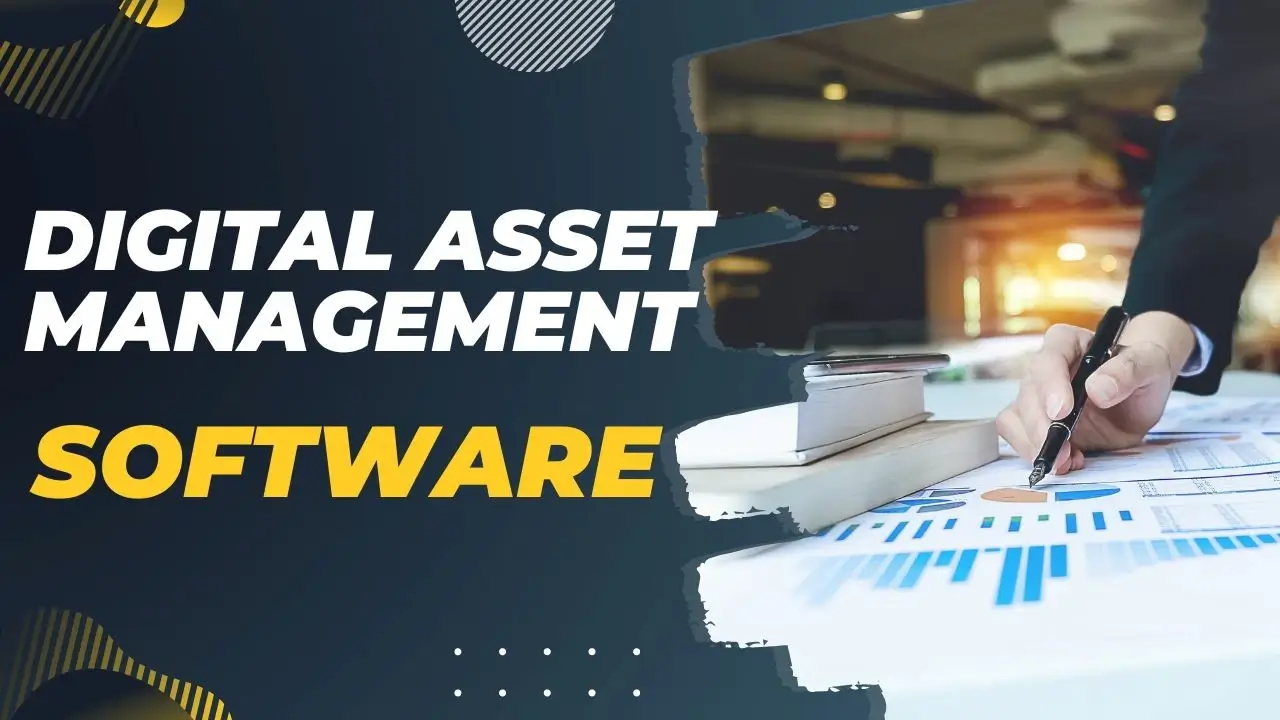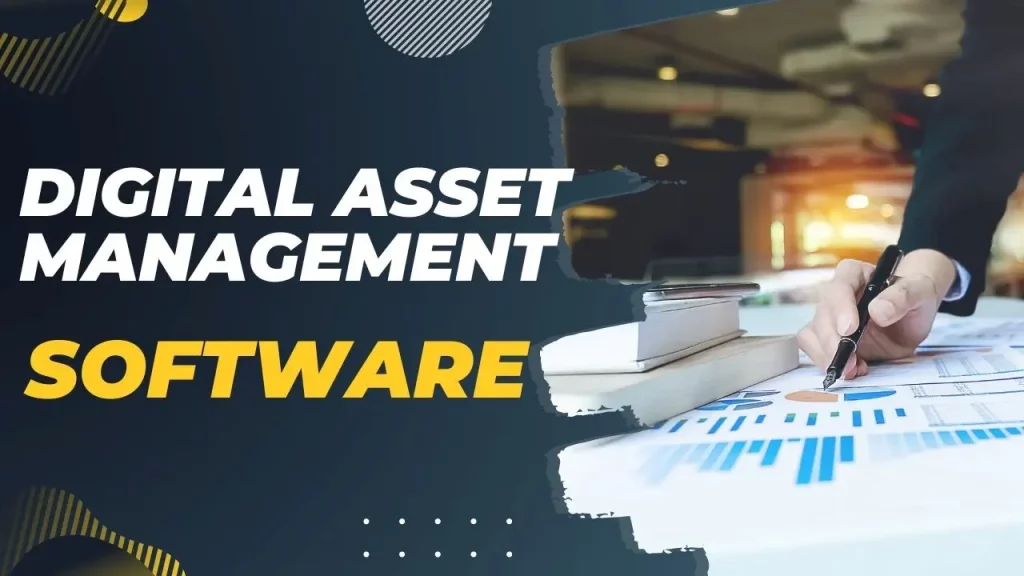In today’s fast-paced digital world, effectively managing digital assets has become more critical than ever for businesses of all sizes. With the exponential growth of digital content, companies need solutions to organize, store, find, share, and monetize their digital assets. This is where digital asset management software comes into play.
What is Digital Asset Management Software?
Digital asset management software is a centralized system that allows you to manage all your digital assets in one secure place. DAM systems store, organize, distribute, and track your digital files such as images, videos, documents, audio files, presentations, fonts, logos, and more. A robust DAM platform centralizes all your creative content assets, improves discoverability and collaboration, saves storage costs, and enables reuse across teams and channels.
Key Benefits of Using a DAM Solution
There are many compelling reasons why organizations should invest in a DAM platform. Here are some of the top benefits:

Centralized asset repository:
Store all digital assets in one searchable and secure cloud library accessible across the organization. This eliminates silos and fragmentation issues.
Enhanced organization and discoverability:
Intelligent tagging, AI-powered search, and custom metadata make it easy to organize assets and quickly find the right file when you need it.
Streamlined workflows:
DAM systems integrate with other tools and systems to connect content creators, reviewers, publishers, and users for smoother workflows.
Controlled access and permissions:
Manage user access and set permissions for viewing, editing, downloading, and sharing assets based on roles. Maintain brand consistency.
Anywhere accessibility:
Cloud-based DAM provides anytime, anywhere access from any device. Users can quickly share, distribute, or publish assets remotely.
Version control:
Track different versions of assets as they progress through review and approval cycles. Revert to earlier versions if needed.
Usage analytics:
Gain insights into asset usage and performance. Identify unused assets to clean up. Optimize efforts based on data.
Improved collaboration:
Annotate and comment on files, assign tasks, and collaborate across teams and stakeholders in real-time.
Digital rights management:
Manage asset licensing, protect intellectual property, and track usage rights and royalties for monetization.
Storage optimization:
Reduce duplicated files and storage needs by 30-50%. Save long term storage and infrastructure costs.
Brand consistency:
Maintain brand guidelines, logos, fonts, colors, and messaging across channels and content with global digital asset availability.
Agility and scalability:
Cloud DAM scales up as your digital assets grow. Easily expand features, storage, and users as needed. Quickly adapt to changing needs.
As you can see, the right DAM system offers immense strategic and operational value on multiple fronts by unifying your entire digital asset ecosystem. The benefits translate into significant cost savings, time efficiencies, and competitive advantage for your business.
Evaluating Your DAM Needs
Not all DAM solutions are created equal. There can be major differences in features, integrations, interface, storage, security, and scalability between platforms. Before choosing a DAM, take the time to rigorously evaluate your specific organizational needs and find the best fit. Here are some key factors to assess:
- Asset volume (Current and projected growth)
- Types of digital assets to manage
- Number of users and teams involved
- Needed integrations with other systems
- Security and compliance requirements
- Required features and functionality
- Ease of use for admins and users
- Scalability needs as assets and users grow
- Training and support offered
- Total cost of ownership
Getting user input is also important to understand ease of use and feature wish lists. Once you define all stakeholders’ needs, you can narrow down the DAM vendors and products that best align and compare them side-by-side. Shortlist 2-3 options for further pilots and demos before deciding on the right solution. Investing in this upfront due diligence will ensure you select the optimal DAM platform on the first go.
Also Read:
Making the Most of Your DAM Solution
Implementing a new system is one thing, but driving adoption across the organization is just as critical for DAM success. Here are some best practices to maximize the value of your investment:
- Clean up content before migration: Take the opportunity to audit, organize, tag, and purge unused assets before importing them into the new DAM. This improves search ability.
- Train users on functionality: Provide sufficient onboarding and training to get users up to speed on the features and workflow.
- Seed useful metadata: Leverage the system’s AI and automation, but also manually seed metadata like keywords, tags, and descriptions to improve discoverability.
- Integrate with everyday workflows: Embedding the DAM within existing creative workflows motivates usage and turns it into a habit.
- Reinforce governance: Establish and communicate clear policies on tagging, storage, access, asset creation, and deletion.
- Monitor adoption metrics: Track usage data on asset uploads/downloads, user logins, and other metrics. Address any lagging adoption issues.
- Continuously add features: Take advantage of the DAM’s scalability by phasing in more capabilities over time like automation, integrations, analytics, etc.
- Involve users in enhancements: Solicit user feedback for future enhancements and engage them in shaping the solution’s evolution.
With the right strategies and change management, your organization can fully leverage the DAM platform as a central, invaluable resource across the enterprise.
Conclusion
In today’s digital-first business environment, your company’s success increasingly depends on effectively harnessing the power of your digital assets. A purpose-built DAM system is essential to connect your content ecosystem, boost productivity, and extract maximum value from your creative IP.
Whether you currently rely on makeshift shared drives or legacy tools, now is the time to consider upgrading to an intelligent, cloud-based DAM platform. When evaluating options, seek out purpose-built solutions like ioMoVo that combine automation, AI, deep integrations, security, and enterprise scalability.
With a robust DAM foundation in place, your organization will be well positioned to drive growth, agility, and innovation for the future. Your people, processes, and content will all work better together towards shared goals. The long-term benefits of maximizing your digital assets will far outweigh the investment.





